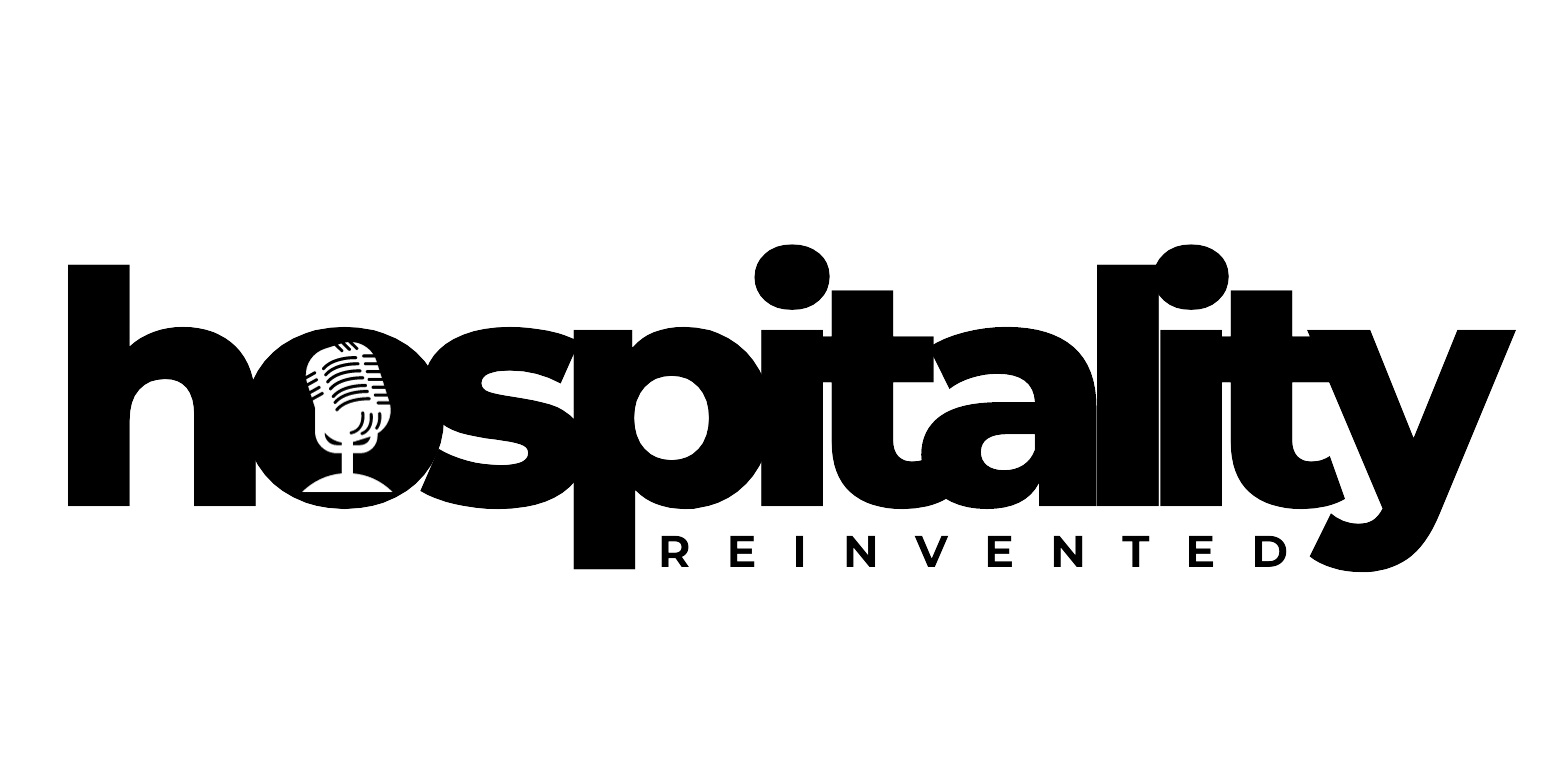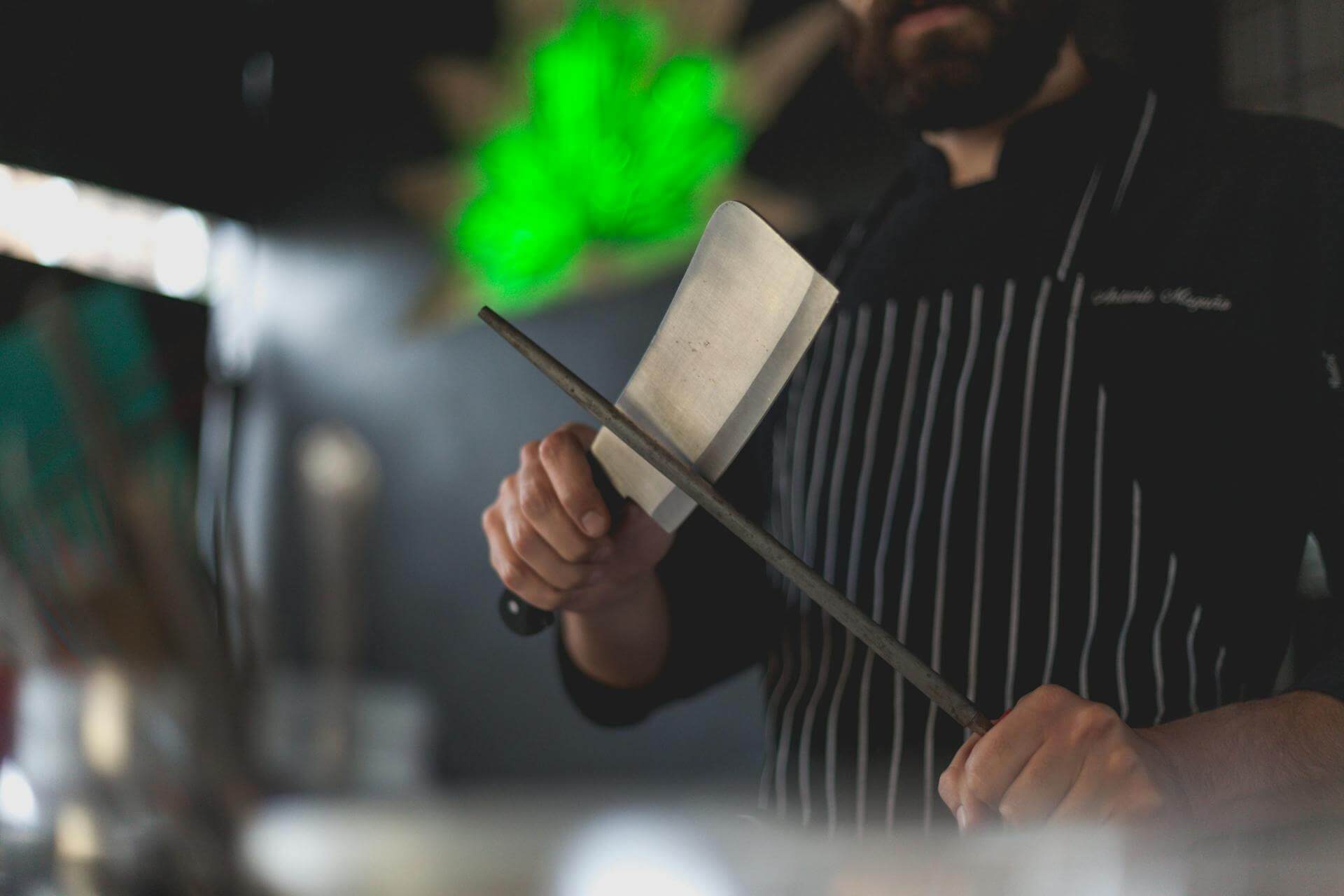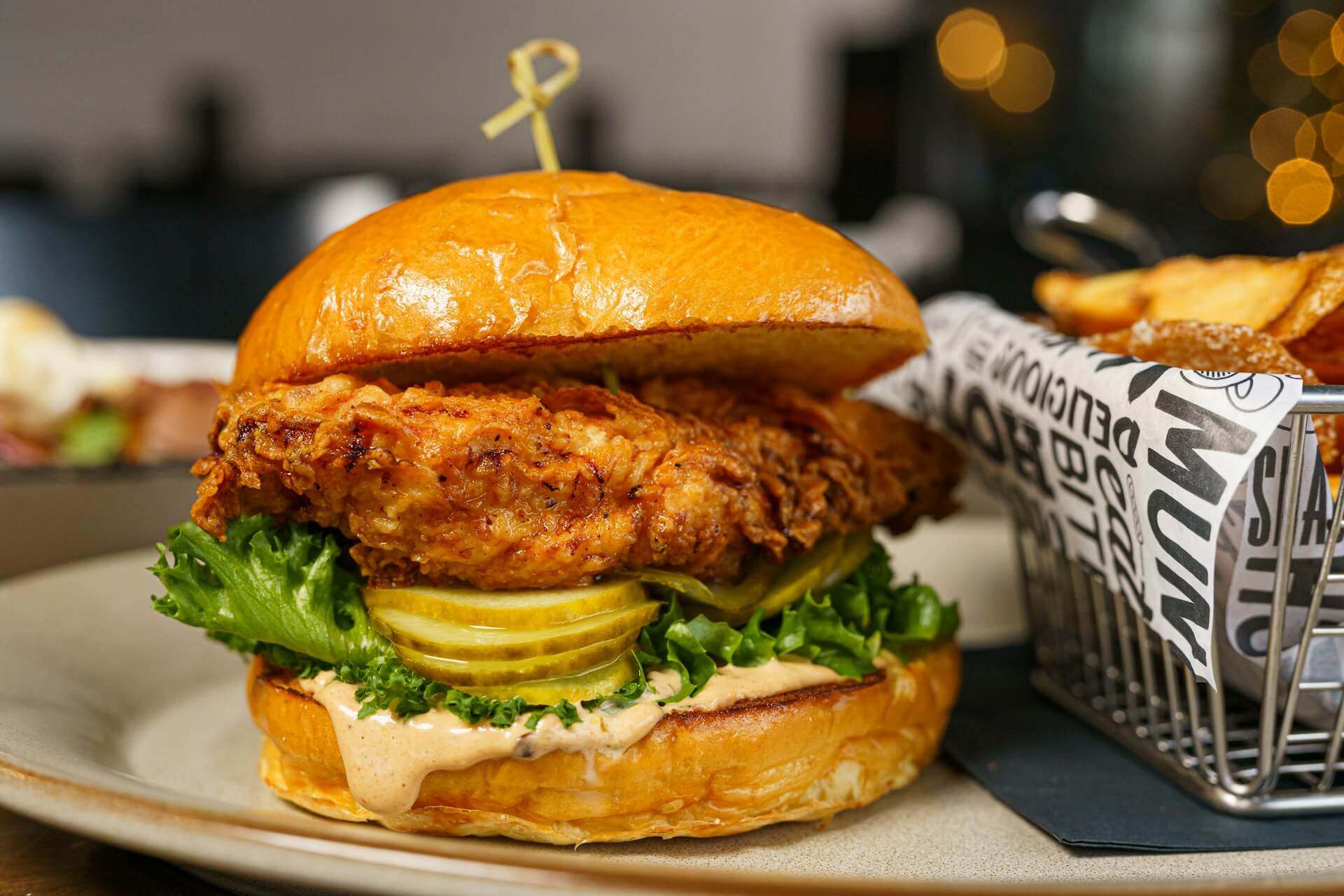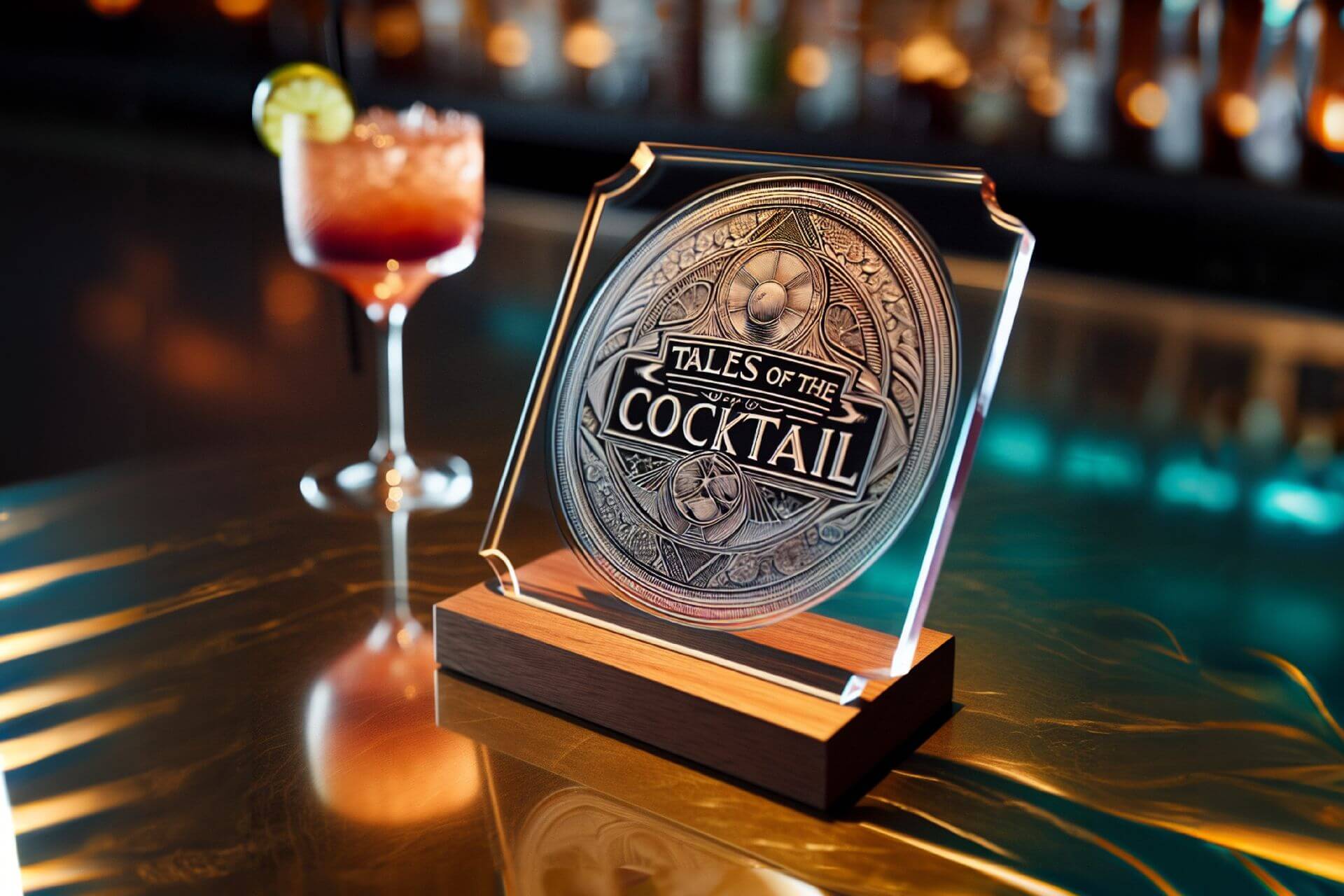Going Remote: A New Era for Hospitality Coaching
by Doug Radkey

Note: AI-generated image.
Did you know that over the course of the past five years, the number of remote workers in the US has jumped by a staggering 44 percent?
Over the past 12 years, that number is an astounding 159 percent, and it shows no sign of slowing down.
The hospitality industry, like many others, is embracing a new era of remote work. This shift is now transforming how bars, restaurants, and hotels receive coaching and consulting services.
How can remote hospitality coaching help you start, stabilize, or scale your business? Leveraging remote coaching can provide you with flexible, cost-effective, and expert guidance no matter where you are.
Large markets such as Toronto, New York, London, and Los Angeles, for example, are no longer the only cities that can receive impactful one-on-one advice to better their businesses.
The Rise of Remote Work in Hospitality
Remote help was once a rarity in hospitality. However, the pandemic accelerated its adoption across the industry.
Much like other elements of technology in this industry—remote coaching, for example—allows hospitality businesses in any areas to access advice and support. Indeed, it no longer matters if a business is rural or in a global destination.
Remote consulting is the great equalizer, providing underserved communities with valuable insights. For decades, most agencies narrowed their focus toward projects in major cities.
Further, it provides flexibility and convenience. Anyone can schedule coaching sessions at a time that works best for them, or when an issue arises that calls for real-time intervention.
Removing the need for travel—and the associated costs—results in more cost-effective results. For several years now, KRG Hospitality has empowered clients in even the most far-flung destinations to obtain the consulting and coaching to start, stabilize, and scale their business.
Have a stable internet connection or decent cell reception? Then you’re all set.
Key Areas of Focus
Whether you’re starting a new restaurant, stabilizing a boutique hotel, or scaling a bar, a remote coach provides the structured guidance needed to navigate challenges and achieve success.
One example is onboarding a coach to help you start a restaurant by providing guidance through weekly calls that cover each phase of development. This often begins with an initial discovery call to understand your vision and goals, followed by coaching you through the variety of playbooks you need to develop strategic clarity.
The coach assists with everything, from site and support team selection to interior design, equipment selection, and construction management. From there, the operational setup phase may include coaching you through hiring and training, and developing standard operating procedures (SOPs). Your coach can also help you with pre-opening preparations, from marketing, menu development, and final inspections. Following a comprehensive checklist ensures you open on time, and on budget.
A second example is onboarding a coach for a boutique hotel seeking to stabilize operations. Weekly calls following an operational audit allow the coach to guide you through a short-term and long-term ImpactMAP. This tool focuses on brand strategy, internal programming, marketing plans, technology, systems and SOPs, people and culture, financial wellbeing, and mindset.
Regular coaching calls ensure continuous improvement and adaptation of strategies, leading to a stabilized and profitable business.
For a third example, consider a bar seeking to scale beyond one location. Through weekly calls, a remote coach can provide guidance on developing a scalable strategy. You have to remember, scaling your business isn’t just about replication; it’s about strategic adaptation.
A remote coach can ensure that you’re truly ready financially, operationally, and mindfully for this next step in your journey of developing a true legacy in this industry.
Tools that Enable Remote Coaching
Remote coaching is greatly enhanced by the use of various tools and technologies that facilitate communication, organization, and data-driven decision-making.
Video conferencing platforms such as Zoom, Microsoft Teams, and Google Meet enable real-time communication between coaches and clients, ensuring effective and timely guidance.
Project management software such as Trello, Asana, and Monday help organize tasks and track progress. These platforms ensure all aspects of the coaching process are efficiently managed and executed. Additionally, data analytics tools such as POS and PMS systems provide valuable insights, allowing coaches and clients to make informed decisions based on comprehensive data analysis.
During the pandemic, we successfully used remote coaching to help launch a thriving restaurant in Orlando. Due to pandemic-ear travel restrictions, we developed the project with the clent without setting foot on the property until a year after its grand opening. Leveraging video conferencing platforms, we conducted real-time strategy sessions with the restaurant’s leadership team.
We utilized project management tools to organize tasks, track progress, and ensure that every aspect of the restaurant’s development was managed meticulously. Data analytics tools provided valuable insights into market trends, guest preferences, and operational efficiencies, allowing us to make informed decisions remotely.
Despite the challenges posed by the pandemic, this approach ensured the restaurant opened smoothly, and achieved immediate success. This real-life example demonstrates the power of technology and effective remote coaching in the hospitality industry.
Overcoming Challenges
Overcoming the challenges of remote coaching requires strategic measures to ensure effective communication, build trust, and manage technical difficulties.
Maintaining clear and effective communication is crucial, which can be achieved through regular check-ins and video calls.
Building trust is important for the relationship to work. This involves consistent interactions and transparent communication. Despite physical distance, it’s key to the success of any project to establish a rapport between the coach and the client.
Addressing the potential of technical difficulties prevents disruptions from happening. This ensures highly effective relationships, and more successful outcomes. The right coach will not only help you start your business, they’ll be the first one to think about calling if you need help stabilizing, or want to scale.
Implementing Remote Coaching
When considering a coach for your bar, restaurant, or hotel, start by assessing your needs. This will help you identify which areas of your business will benefit the most from remote coaching.
Next, choose the right coach by selecting someone with the expertise, values, and experience that align with your specific requirements. It’s crucial to set clear goals, so define the objectives and expectations for your coaching sessions. Doing so ensures that both you and the coach are aligned on desired outcomes.
Finally, commit to regular reviews, and the adjustment of coaching strategies. This approach involves ongoing evaluations to ensure continuous improvement, and adaptation to any evolving challenges or opportunities in your business.
Image: DALL-E















